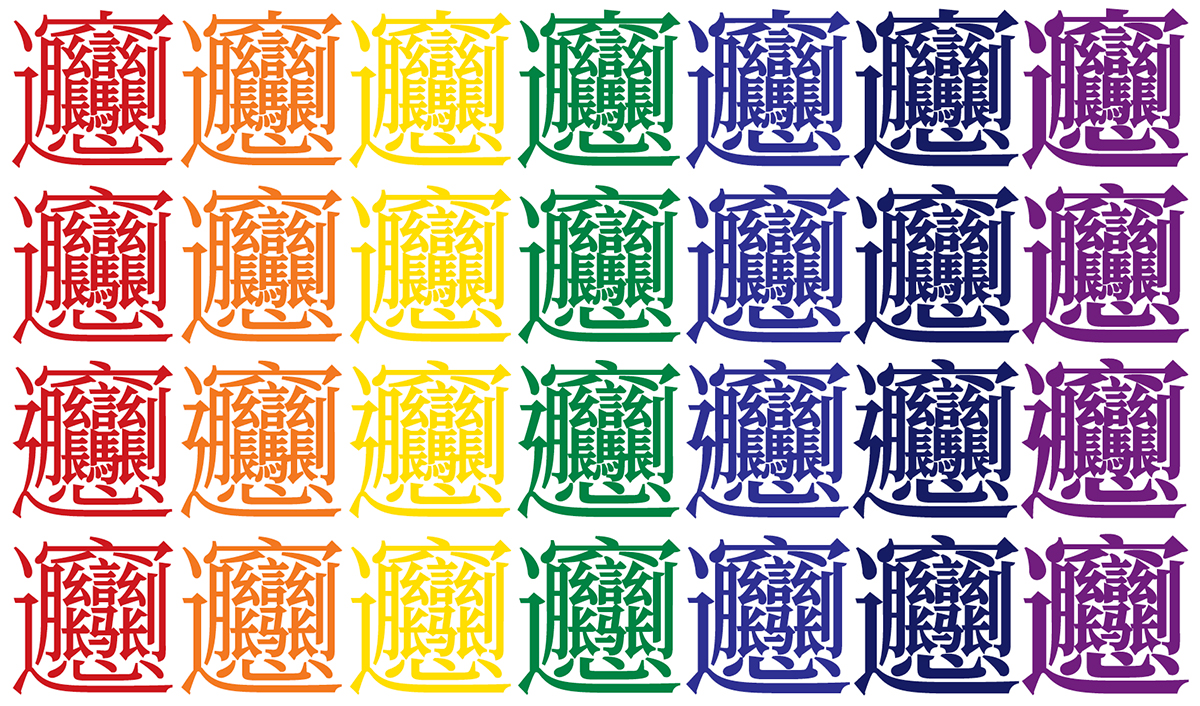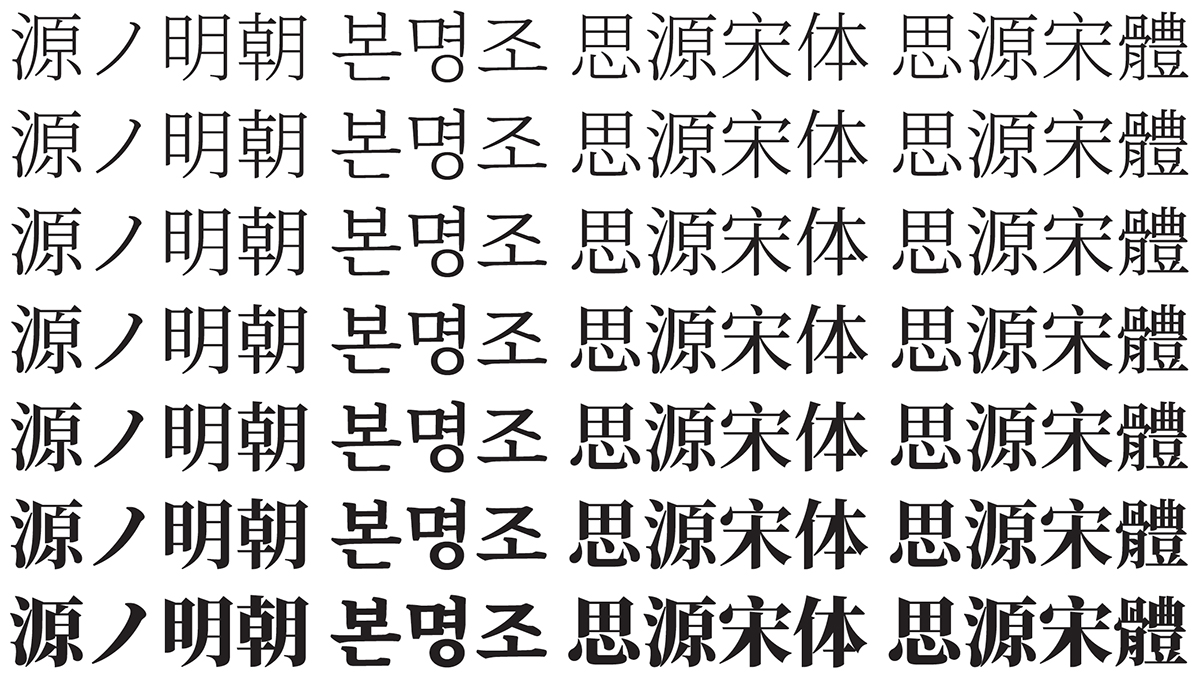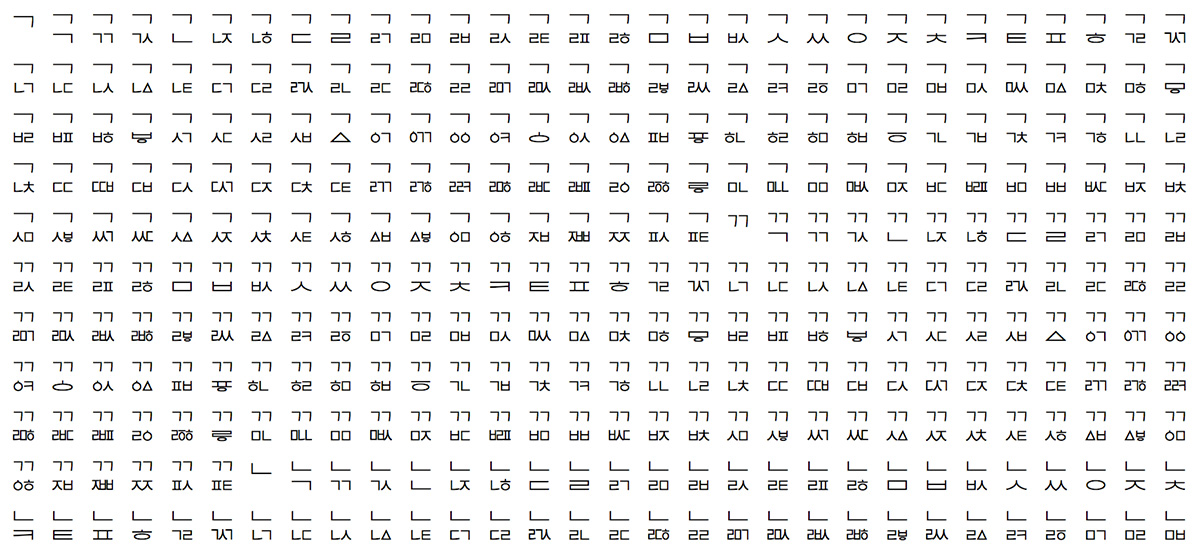
One of my hobbies is apparently to explore various ways to stress-test Adobe products, and the target of today’s article happens to be recent adventures with Adobe InDesign and our Source Han families.
The background is that I produced Unicode-based glyph synopses as part of the Source Han Sans and Source Han Serif releases, but those PDFs show only up to 256 code points per page, and it takes several hundred pages to show their complete Unicode coverage. I also produced single-page PDFs that show all 65,535 glyphs. A Source Han Sans one is available here, and a Source Han Serif one is available here. However, they are not Unicode-based.
Continue reading…










